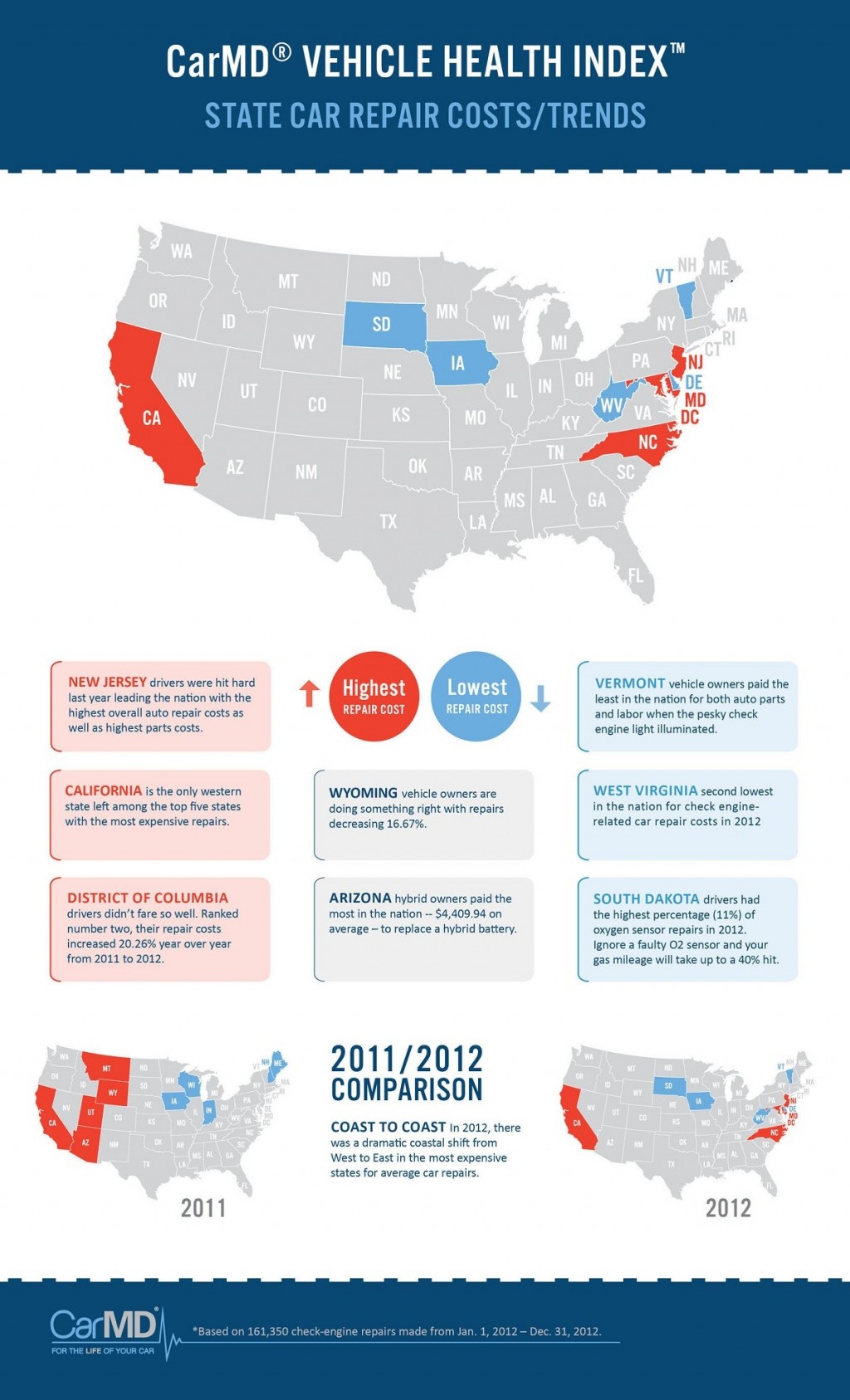Interpreting Your Car'S Alert Lighting: Their True Implications
Interpreting Your Car'S Alert Lighting: Their True Implications
Blog Article
Short Article By-Boye Shepherd
When you lag the wheel, those beautiful warning lights on your dashboard can be a little bit difficult. Do you understand what they're trying to tell you concerning your car's health? Recognizing https://ecu-tuning-group38383.ambien-blog.com/36542964/come-to-be-skillful-in-determining-the-most-effective-car-repair-shop-by-using-these-10-important-referrals of these lights is vital for your safety and the durability of your automobile. So, the following time one of those lights appears, wouldn't you want to decipher its message properly and take the required steps to address it?
Common Warning Lighting and Interpretations
Identify usual warning lights in your auto and comprehend their definitions to make sure secure driving.
One of the most regular caution lights include the check engine light, which indicates issues with the engine or exhausts system. If this light begins, it's vital to have your vehicle examined immediately.
The oil stress warning light suggests reduced oil stress, needing instant attention to prevent engine damage.
A flashing battery light might suggest a defective billing system, potentially leaving you stranded if not addressed.
https://foxchronicle.com/how-inflation-affects-car-insurance-rates/ (TPMS) light alerts you to reduced tire stress, influencing car stability and fuel efficiency. Disregarding this might bring about harmful driving problems.
The abdominal muscle light indicates an issue with the anti-lock braking system, jeopardizing your ability to quit rapidly in emergencies.
Last but not least, the coolant temperature advising light warns of engine overheating, which can result in extreme damage otherwise settled swiftly.
Recognizing https://airliftperformancekits84940.izrablog.com/30829685/the-five-significant-myths-of-vehicle-detailing-clarified-and-eliminated will aid you deal with concerns quickly and keep secure driving problems.
Value of Prompt Interest
Understanding the usual warning lights in your automobile is just the first step; the value of promptly resolving these warnings can't be emphasized sufficient to ensure your security when traveling.
When a caution light brightens on your control panel, it's your automobile's method of communicating a prospective problem that requires interest. Ignoring these warnings can result in much more severe troubles later on, endangering your security and potentially costing you much more out of commission.
Motivate attention to cautioning lights can avoid breakdowns and crashes. For instance, a flashing check engine light could show a misfire that, if left neglected, might trigger damages to the catalytic converter. Resolving this promptly can conserve you from an expensive repair service.
Likewise, a brake system alerting light could signify low brake fluid or worn brake pads, important parts for your safety when driving.
Do It Yourself Troubleshooting Tips
If you observe a caution light on your dashboard, there are a couple of do it yourself fixing tips you can attempt prior to seeking expert help.
The first step is to consult your auto's manual to recognize what the details warning light suggests. Often car wash in and out can be as basic as a loose gas cap setting off the check engine light. Tightening the gas cap might fix the problem.
An additional common issue is a low battery, which can cause numerous cautioning lights. Checking the battery links for corrosion and ensuring they're safe might take care of the issue.
If a caution light persists, you can attempt resetting it by separating the vehicle's battery for a couple of minutes and then reconnecting it. Furthermore, examining your vehicle's liquid degrees, such as oil, coolant, and brake liquid, can aid repair alerting lights associated with these systems.
Final thought
Finally, understanding your cars and truck's warning lights is essential for maintaining your vehicle running efficiently and safely. By promptly addressing these alerts and knowing what they suggest, you can prevent expensive repair work and possible breakdowns.
Bear in mind to consult your vehicle's handbook for particular details on each warning light and take action as necessary to make certain a hassle-free driving experience.
Keep informed, stay safe on the road!
